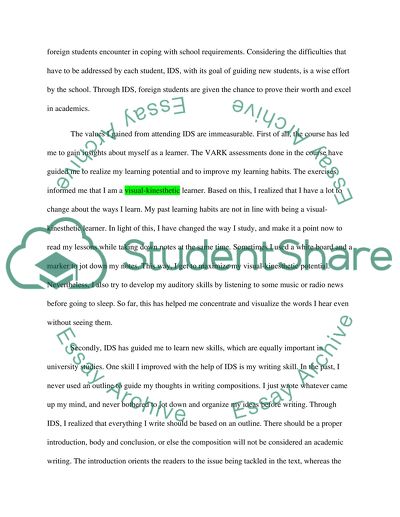Cite this document
(“Approaches and Methods in Language Teaching Essay”, n.d.)
Retrieved from https://studentshare.org/education/1420989-reflective-report
Retrieved from https://studentshare.org/education/1420989-reflective-report
(Approaches and Methods in Language Teaching Essay)
https://studentshare.org/education/1420989-reflective-report.
https://studentshare.org/education/1420989-reflective-report.
“Approaches and Methods in Language Teaching Essay”, n.d. https://studentshare.org/education/1420989-reflective-report.


